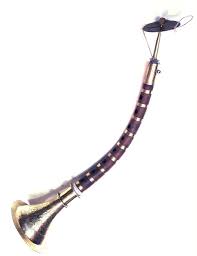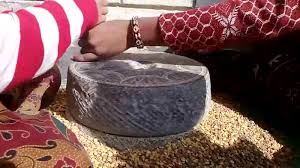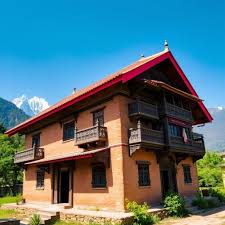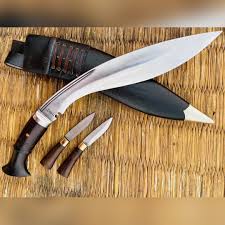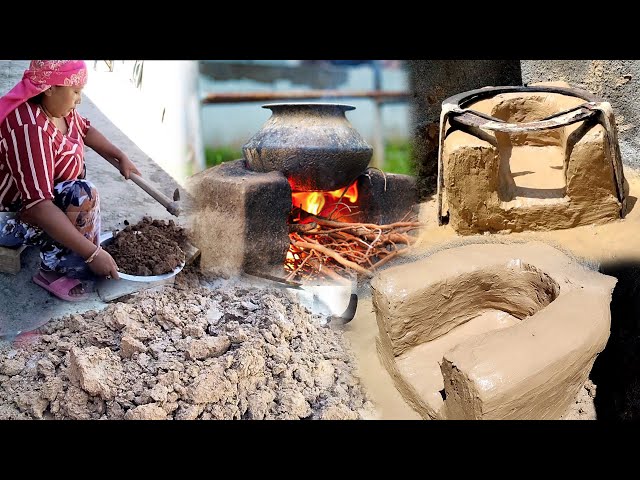Share this Article
When the air fills with joy and the streets echo with celebration in Nepal, there is often one sound that marks the beginning of something sacred, festive, and deeply emotional — the haunting, vibrant call of the Sanai (सनई). This traditional Nepali wind instrument, resembling a wooden clarinet or oboe, has long held a special place in the cultural soundscape of the Himalayas.
More than just a musical instrument, the Sanai is a herald of transitions — of weddings, religious rituals, and processions. Its powerful and slightly nasal tone evokes deep emotions — from joy to reverence — binding communities in a shared musical and spiritual experience.
What is a Sanai?
The Sanai is a double-reed woodwind instrument, typically made from hardwood or bamboo. Its structure is narrow and tubular, flaring slightly at the bell-shaped end. It resembles the Indian shehnai, and its sound carries far — deep, penetrating, and often echoing across valleys during festivals and traditional ceremonies.
Unlike modern musical instruments, the Sanai is entirely acoustic, crafted by hand, and relies on the musician’s breath and skillful fingering to produce melody, pitch, and mood.
Historical and Cultural Significance
For centuries, the Sanai has been an integral part of Newar, Magar, Tharu, and other indigenous cultures in Nepal. It is traditionally played during:
- Weddings: Announcing the arrival of the groom’s procession (janti).
- Religious Ceremonies: During pujas, jatras, or temple processions.
- Funerals: To accompany and guide the soul in certain ethnic rituals.
- Festivals: Especially during Indra Jatra, Dashain, Tihar, and Maghe Sankranti in various communities.
In Newar culture, a group of musicians called Naubaja (nine instruments) typically includes the Sanai, highlighting its ritualistic prominence.
How the Sanai is Made
Crafting a Sanai requires expert woodwork and musical knowledge. It is traditionally made from hardwood (such as khirro or chilaune) or bamboo, and fitted with a double reed, often crafted from cane or palm leaves.
Key components:
- Body: Cylindrical or conical wooden shaft with multiple finger holes.
- Reed (Ponga or Suthuni): Produces vibration when blown into.
- Bell: The flared end that amplifies sound.
The precision of finger hole placement determines the musical scale, and each Sanai has a slightly different timbre depending on the maker.
Playing Technique and Sound
The Sanai is notoriously difficult to master. The musician must learn to control breath pressure and finger technique while managing the subtle resistance of the double reed. The sound is rich, piercing, and melancholic, capable of conveying deep emotions — from joyous celebration to solemn reverence.
Often accompanied by madal, nagara, or other traditional percussion, the Sanai leads the melody in outdoor performances.
Symbolism and Cultural Emotion
The Sanai doesn’t just make music; it marks moments of transition.
- At weddings, it symbolizes joy, honor, and the joining of families.
- In religious rituals, it is seen as a call to the divine.
- During funerals, it mourns and guides — believed to assist the soul’s passage in some communities.
- At festivals, it’s the rhythm of the people — dancing through alleyways, lighting up temples, and reviving ancient legends.
This makes the Sanai both instrument and storyteller.
Modern Status of the Sanai in Nepal
With the rise of digital music and imported instruments, the Sanai has seen a decline in mainstream use. Today, only a handful of traditional musicians, especially in rural or ethnic communities, still craft and play this instrument. However, there is a growing interest in cultural revival, and several Nepali bands, folk collectives, and heritage organizations are reintroducing the Sanai into fusion music and cultural showcases.
It is now featured in:
- Cultural processions in Kathmandu
- Ethnomusicology projects
- Tourist festivals and heritage tours
- Music schools promoting indigenous sounds
Why the Sanai Still Matters Today
- Cultural Preservation: Represents centuries of indigenous musical heritage.
- Authentic Sound: Its natural acoustics offer a depth electronic instruments cannot replicate.
- Identity: A musical symbol of Nepali spirituality, transition, and community.
- Handmade Craftsmanship: A tribute to Nepal’s skilled instrument makers.
Conclusion
The Sanai is more than an instrument — it's a bridge between the past and the present, between the divine and the human. In its soulful notes live the echoes of ancient Nepal, and in every procession it leads, it carries the spirit of tradition forward. As we digitize our music and automate our culture, let us not forget the handmade breath of the Sanai — the true voice of Nepal’s ceremonial heart.
Categories:
Traditional Tools and Utensils
Tags:
Sanai
,
TraditionalInstruments
,
CulturalNepal
,
Naubaja
,
ReviveTradition

